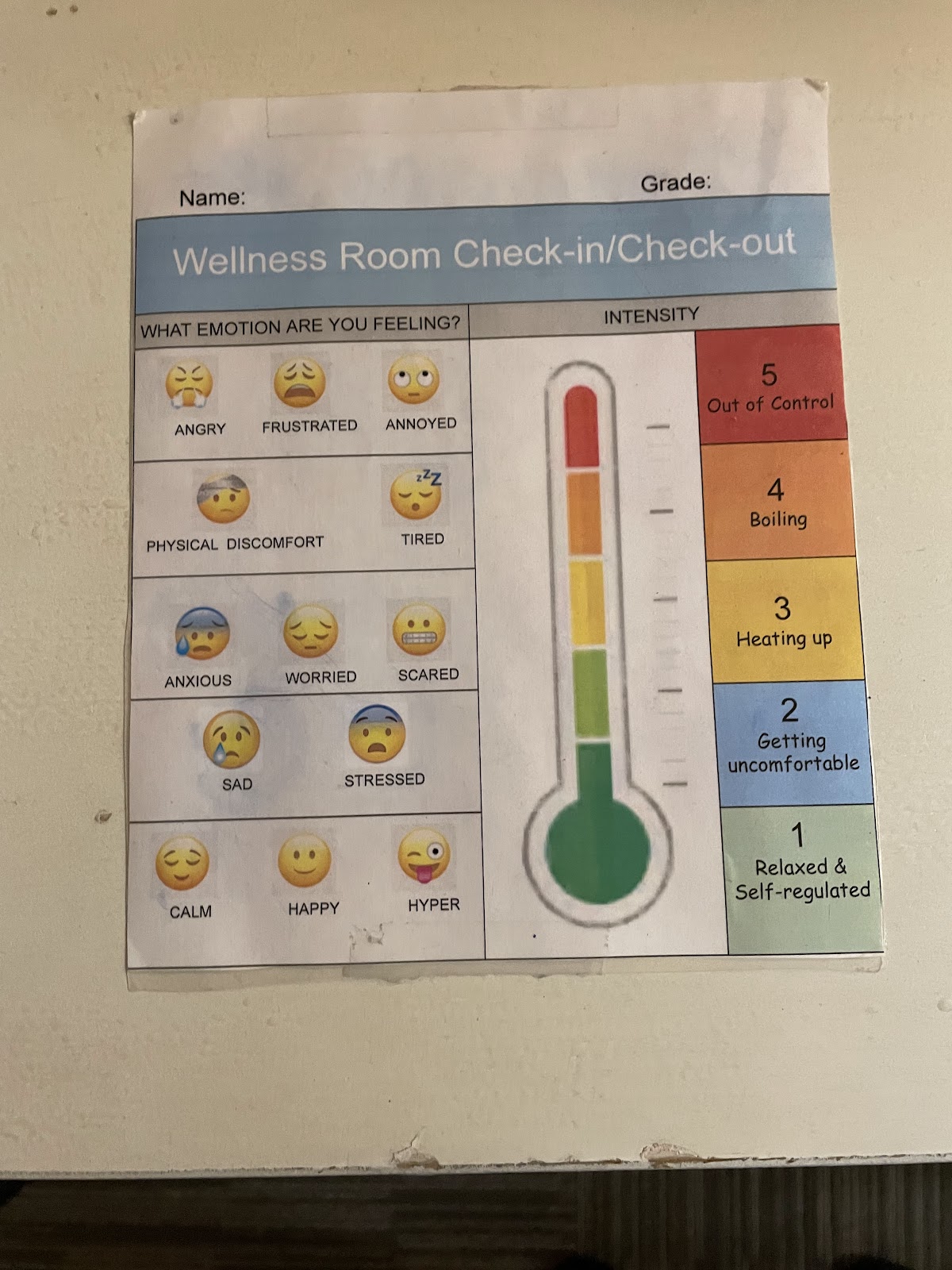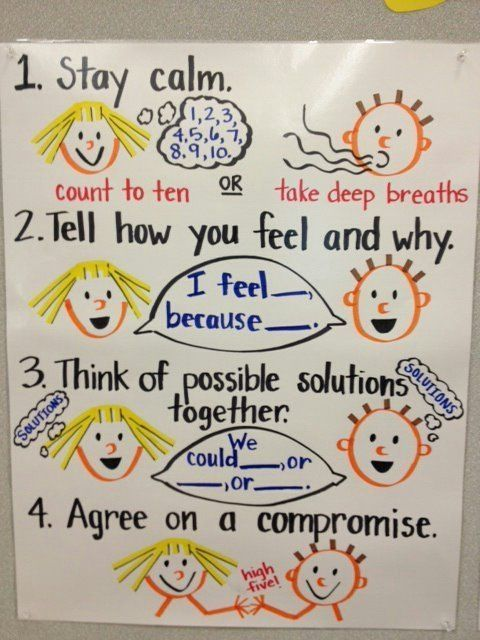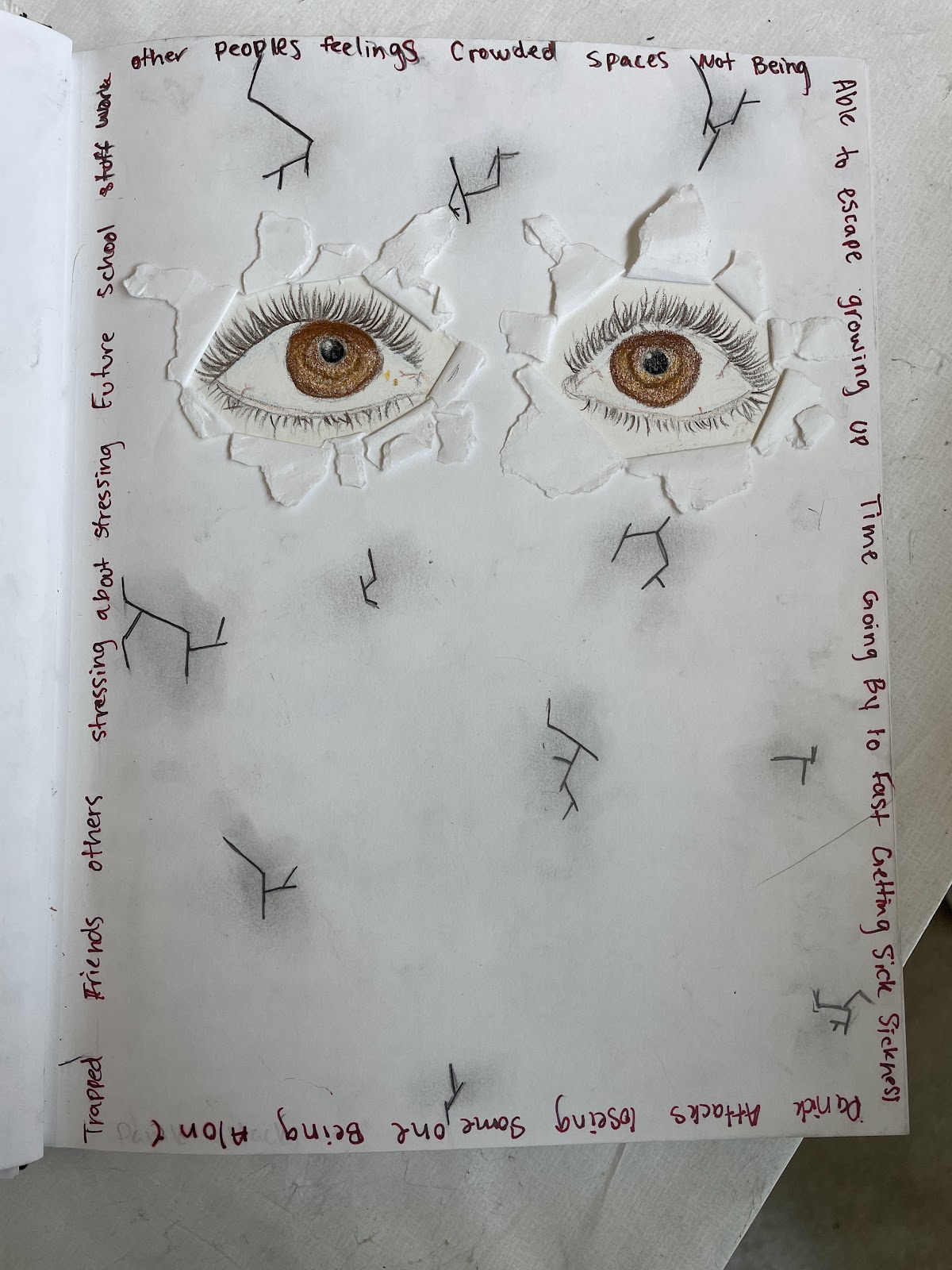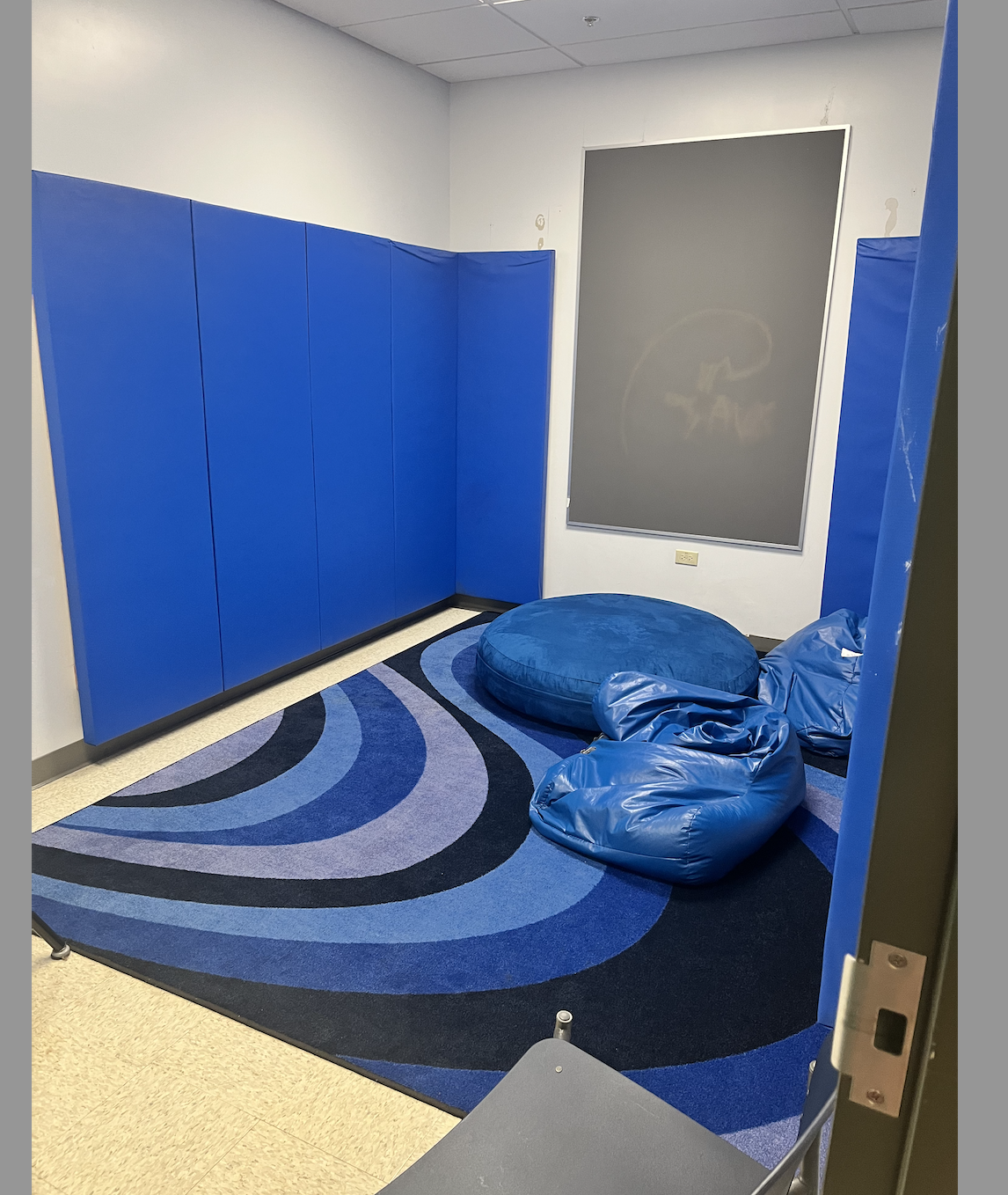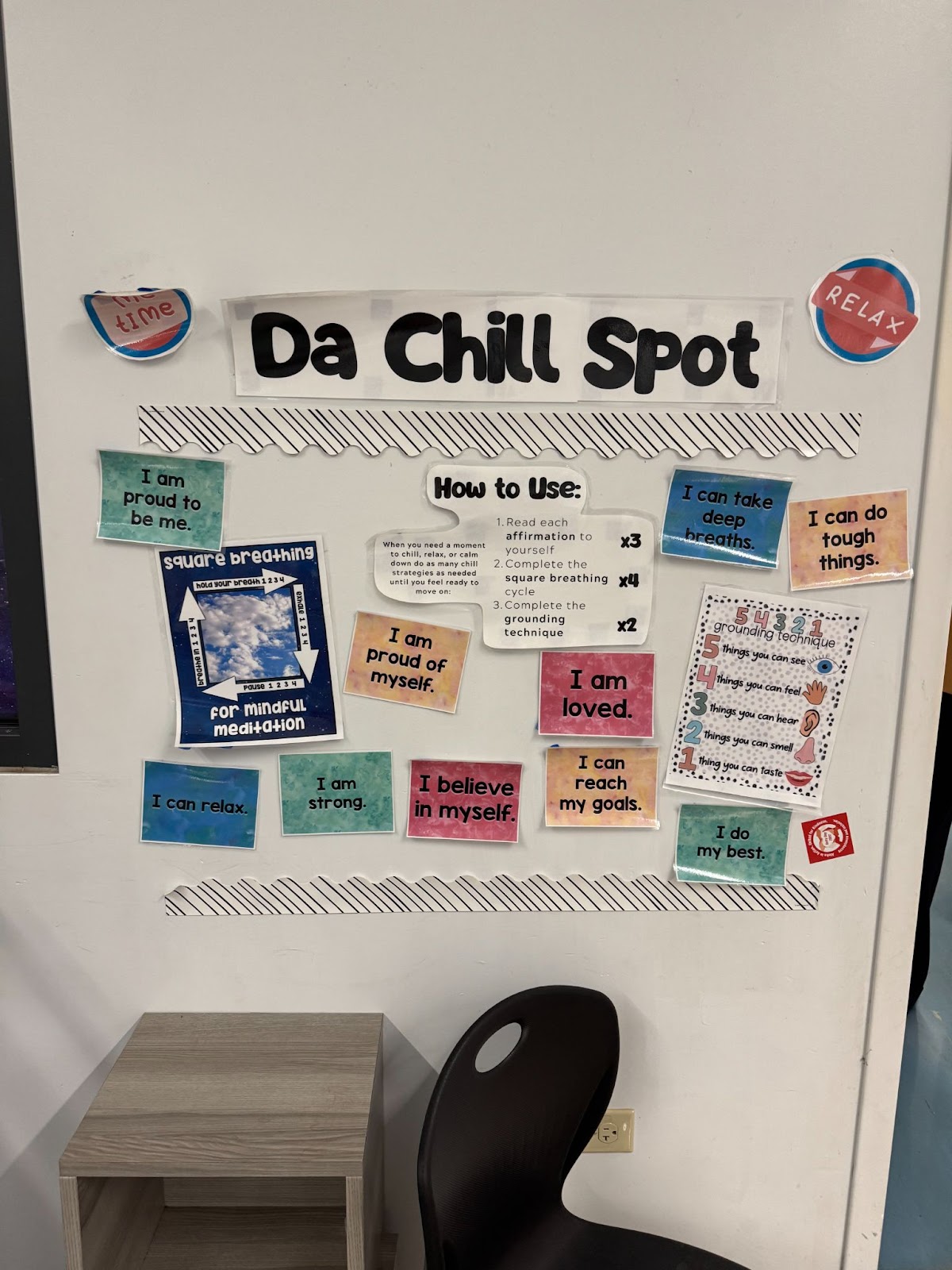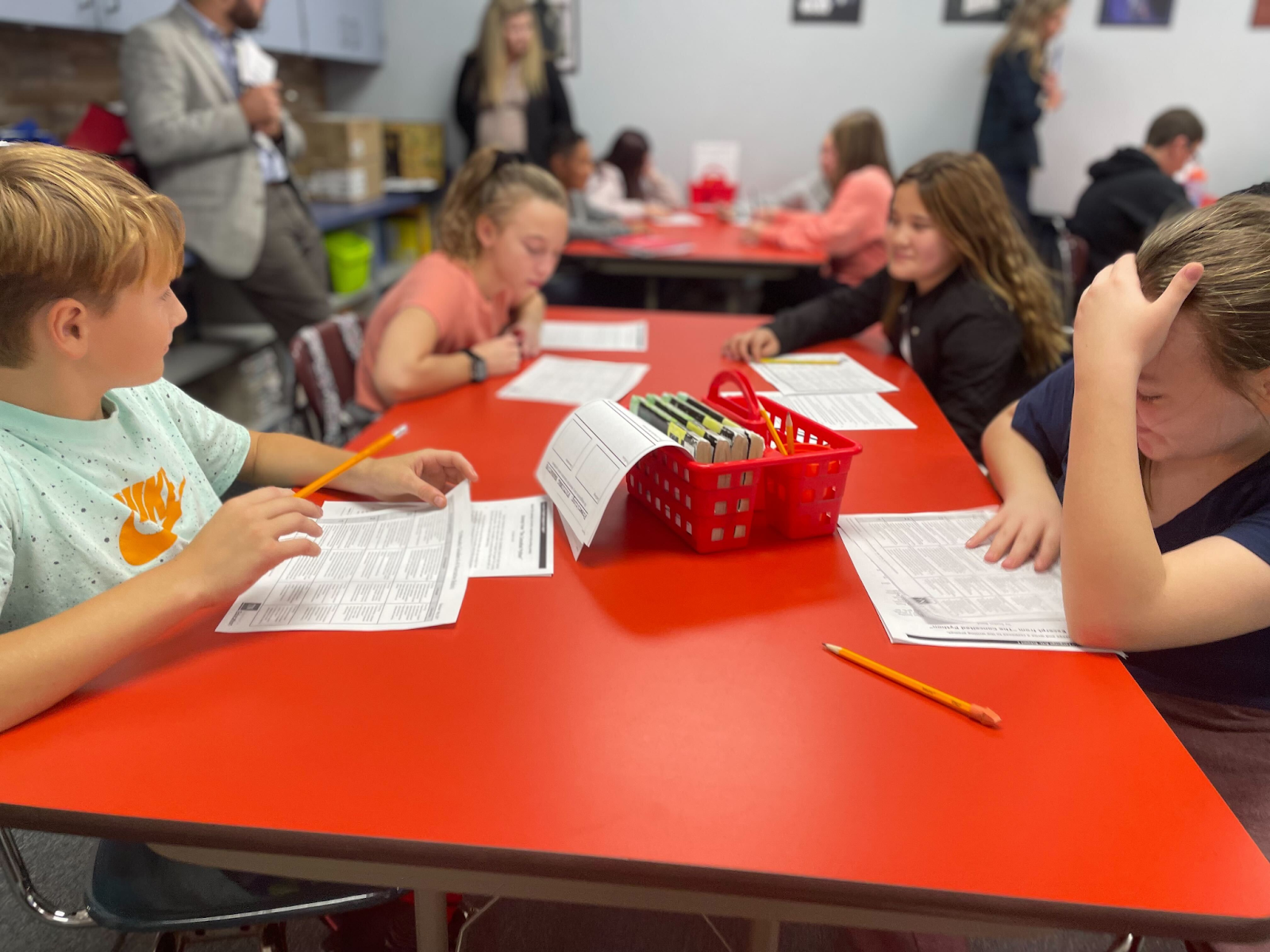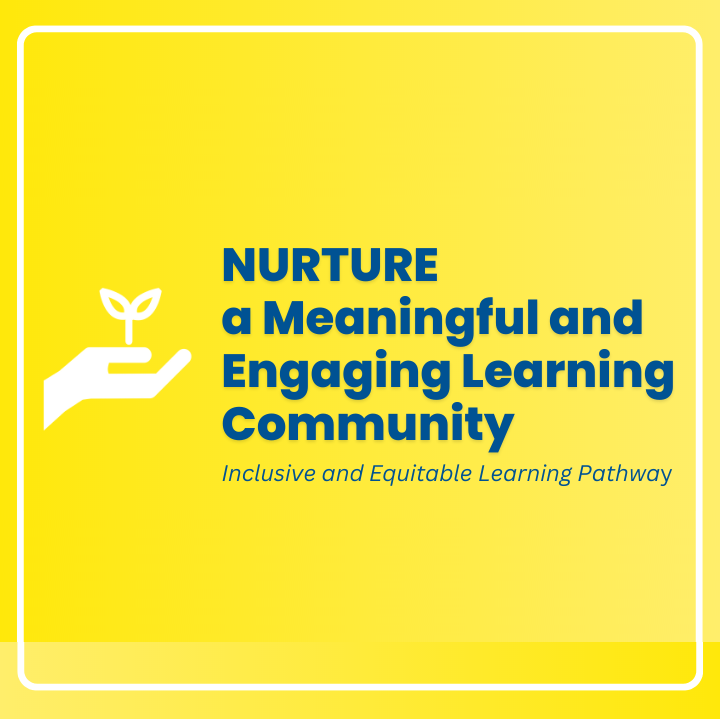Teach Self-Regulation Techniques
NOTE: This strategy is part of the self-paced Nurture a Meaning Learning Community Course
The concept of self-regulation does not just apply to a child’s emotional health; it also influences a child’s cognitive ability. The ability to notice and name feelings and then regulate emotions to be more in control of actions is a critical foundation for learning.
Bright Spots
Gain inspiration from authentic examples of this strategy shared by teachers who have used them with their learners.
Creating your own Bright Spots? Let’s get them out into the world! Share yours here.
